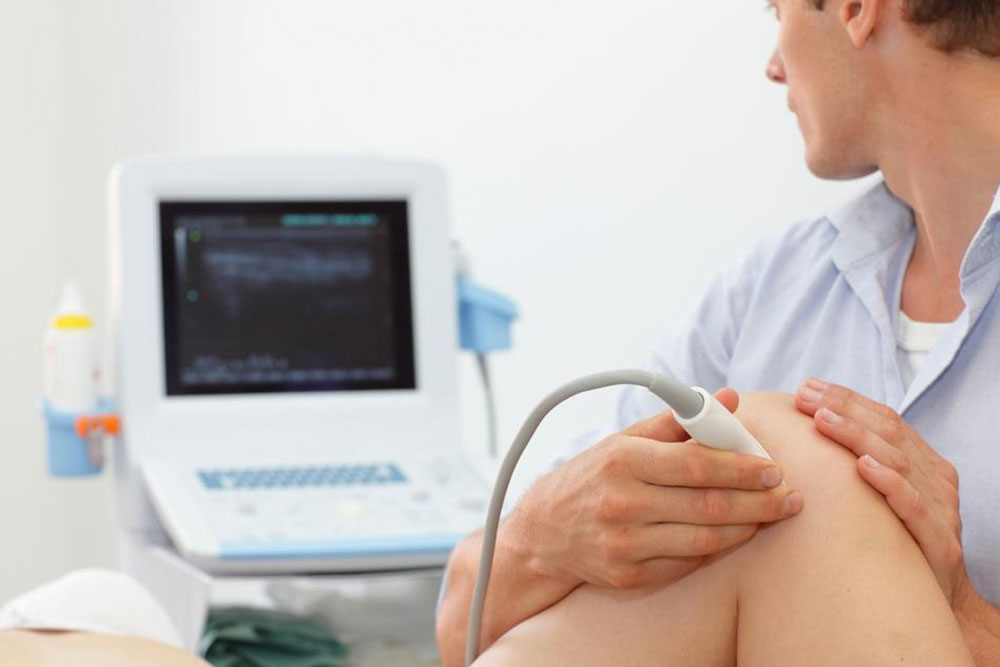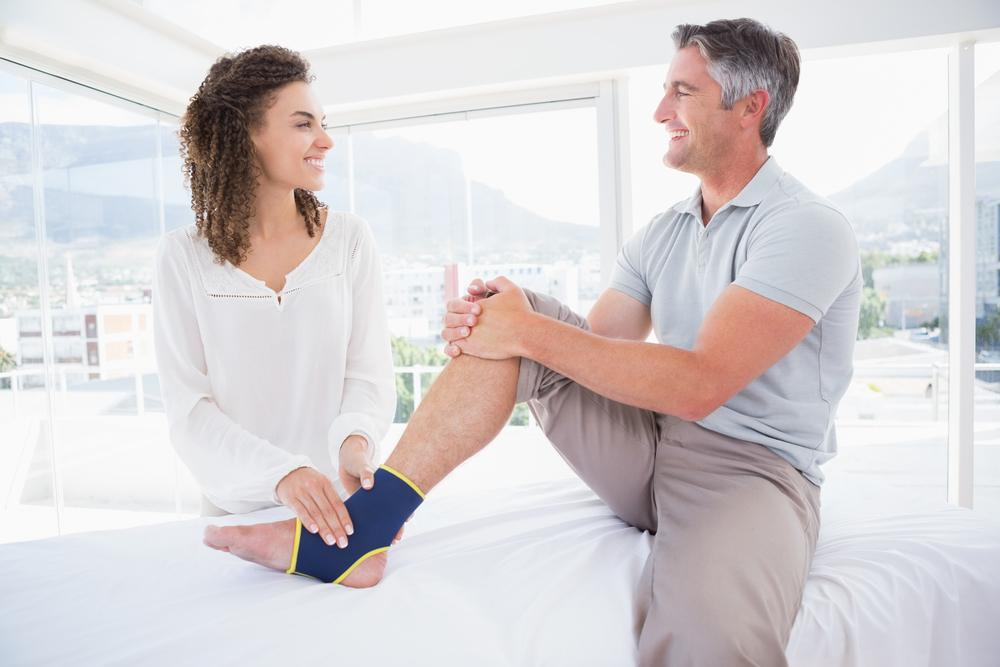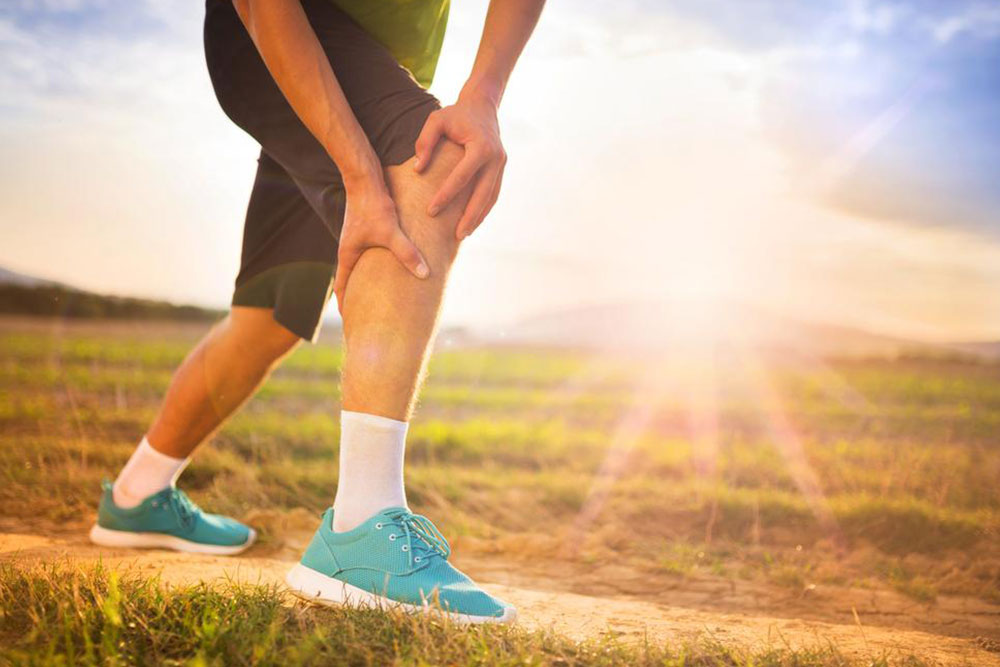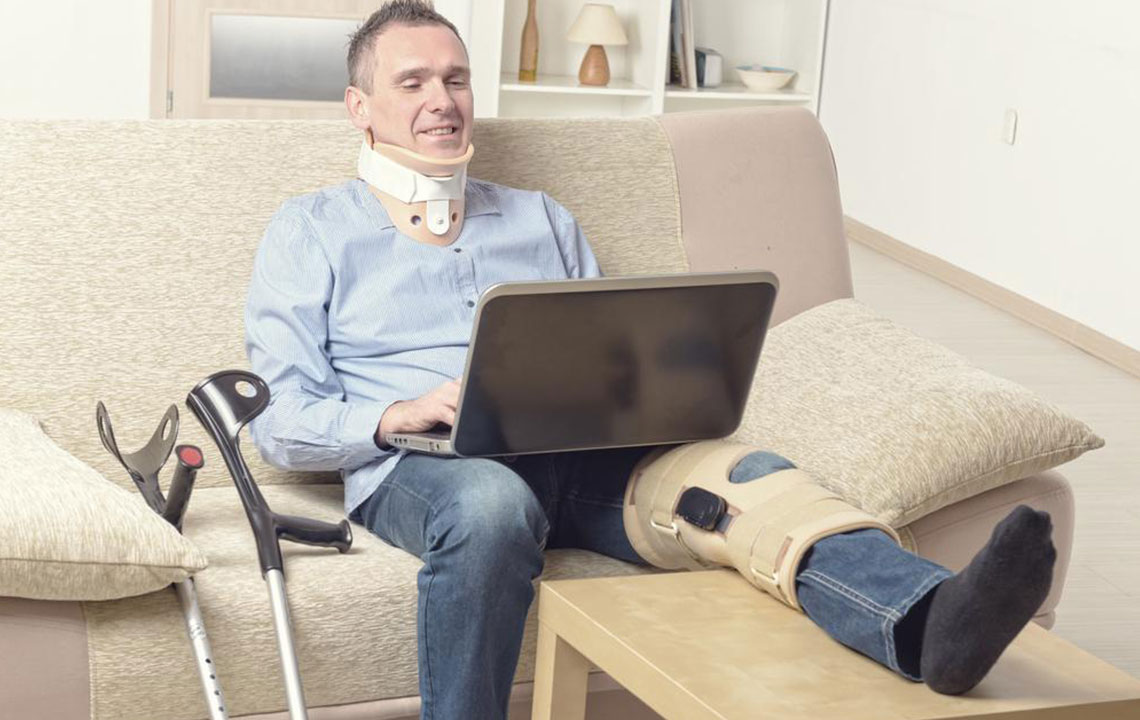Understanding and Managing Tennis Elbow: Symptoms and Treatment Options
Learn about tennis elbow, including its symptoms, causes, and effective treatment options. Discover how braces and physical therapy can aid recovery and prevent chronic issues. Proper rest and timely care are key to healing fully and returning to active lifestyles safely.
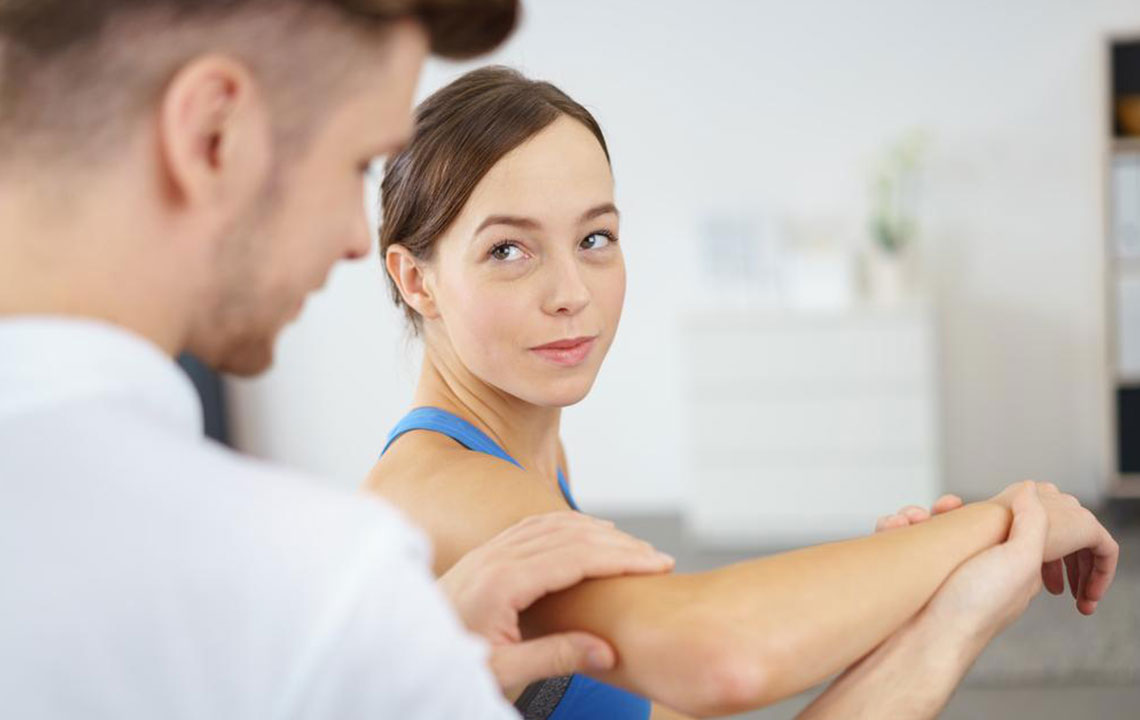
Understanding and Managing Tennis Elbow: Symptoms and Treatment Options
Tennis elbow, a common overuse injury, affects individuals involved in repetitive arm movements, especially in racket sports like tennis. It results from inflammation or tearing of the tendons around the lateral part of the elbow, causing pain and tenderness. Activities such as poor technique during a backhand or powerful serves can aggravate the condition. To aid recovery, a supportive tennis elbow brace is highly recommended. Treatment strategies include rest, ice, anti-inflammatory medications, physical therapy, and wearing supportive braces. Proper rest and timely intervention can facilitate faster healing and prevent chronic issues.
Signs of tennis elbow typically include pain on the outer side of the elbow, tenderness, and muscle weakness in the forearm. Activities that involve gripping or wrist extension often increase discomfort. Diagnosed through physical exam and imaging if necessary, management focuses on reducing inflammation and preventing further injury. Protective braces like epicondylitis clasps, straps, or sleeves offer support during healing, minimizing strain on the tendons. Rest, selective massage, medications, and advanced therapies like ultrasound or corticosteroid injections may also be part of a comprehensive treatment plan.
Using a tennis elbow brace plays a vital role in rehabilitation, supporting the tendons while allowing healing. The right brace type—whether a clasp, strap, or sleeve—can help reduce pain, prevent re-injury, and restore function. Early intervention and proper rest are essential for a full recovery, enabling athletes and active individuals to return to their routines safely.


